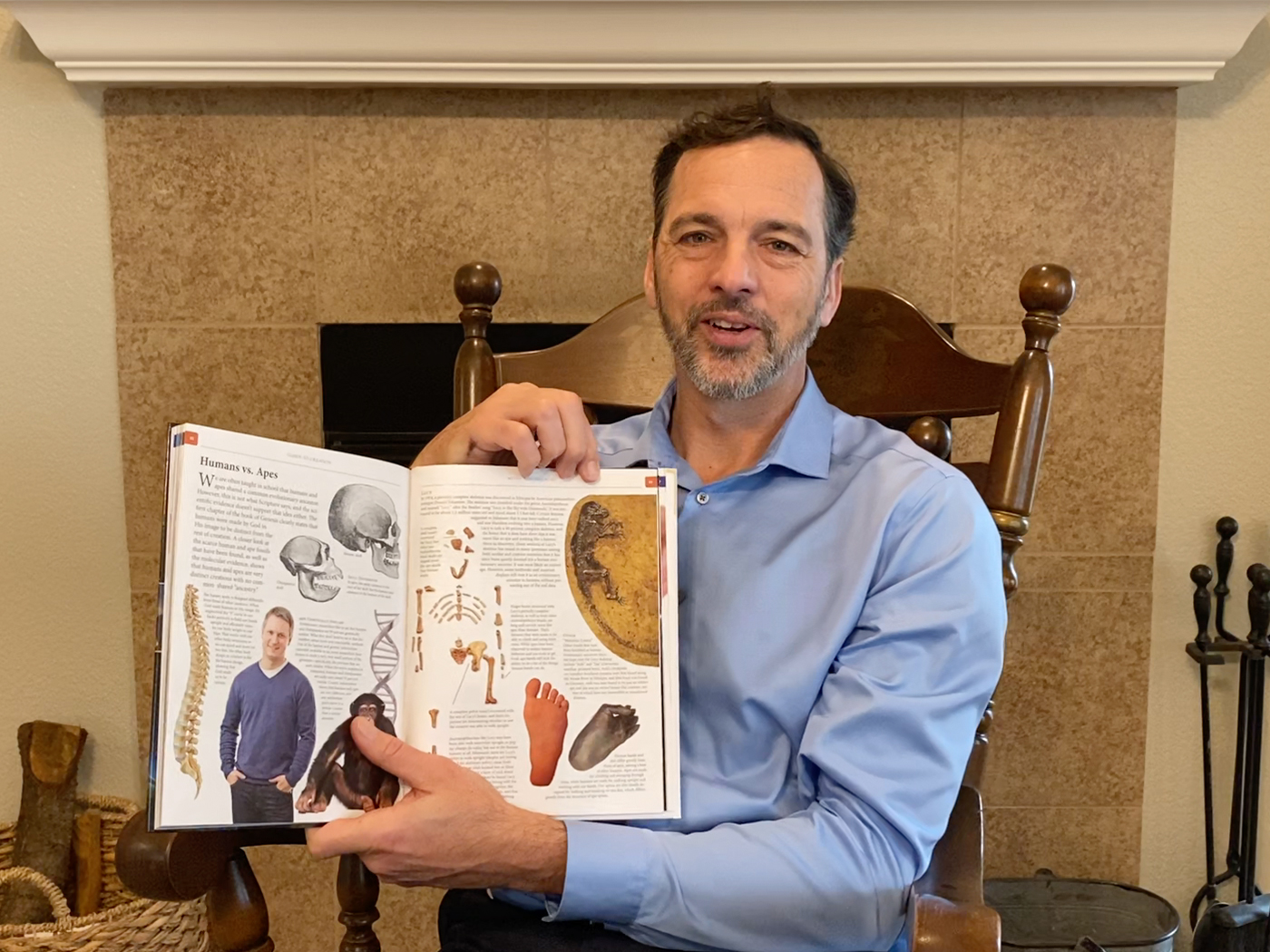Echinoderms, “spiny-skinned” invertebrates, are first found in the Cambrian sedimentary rock layers as 100% echinoderms. The first brittle stars (Echinoderm, class Ophiuroidea) were found in the Early Ordovician sediments and don’t show any evolution. One of the more interesting of the Ophiuroidea is the brittle star (Ophiocoma wendtii).
While snorkeling the waters of Hawaii several years ago, I found a brittle star among some rocks. After examination, I released it to slowly sink back to its home in the rocks—but instead was immediately intercepted and devoured by a hungry fish!
Animal eyes are indeed amazing, and secular scientists are unable to describe the origin of eyes from a supposed ancestral patch of cells.1,2 Scientists focused research on this specific brittle star three decades ago. They were fascinated to discover that it had strong light-responding behaviors, despite having no eyes.3 The scientists found these amazing creatures had “an enormous number of microscopic crystal bumps [tiny crystal balls]” that they thought might act as “microlenses.”
However, the researchers later found the entire body of the brittle star was covered in light-sensitive cells embedded in the skin resulting in a huge light-sensing network. Such awesome design gives Ophiocoma the ability to detect shadows from a distance by seeing…with their skin.
The moment-by-moment information they gather from their sophisticated skin sensors is somehow utilized but how they do so remains “a mystery.”3
One scientist exclaimed, “It’s amazing that we’ve had this lens-based hypothesis for several decades, yet it seems that the actual mechanism behind Ophiocoma wendtii's incredible behaviour is even stranger than we thought....3”
The author of the Phys.org article agreed, addressing “O. wendtii’s incredible abilities.” Creation scientists see this visual system as a result of direct plan and purpose by the Creator.
They get support for their contention from an unlikely source. “The tiny crystal balls were too similar to lenses to have been formed by chance,” says Joanna Aizenberg, of Bell Laboratories and Lucent Technologies…”4 The only alternative to evolution’s long time and random chance story is the aforementioned purpose and plan. Is it any wonder this Nature article stated, “It’s astonishing that this organic creature can manipulate inorganic matter with such precision—and yet it’s got no brain,” says Roy Sambles, who works on optics and photonics at the University of Exeter in Britain…”4
Non-evolutionary zoologists agree with evolutionists, the features and design of Ophiocoma’s ‘visual skin’ is not only strange and mysterious, but also “astonishing,” “incredible.” However, creationists give glory to the Creator, not the creation (Romans 1:25).
References
1. Thomas, B. 2013. Amazing Animal Eyes. Acts & Facts. 42 (9): 16.
2. Sherwin, F. 2017. Do “Simple” Eyes Reflect Evolution? Acts & Facts. 46 (9): 20.
3. Physorg. Star-gazing on the reef: First evidence that brittle stars may 'see' with their skin. Posted on phys.org on Jan. 24, 2018, accessed on December 15, 2019.
4. Whitfield, J. 2001. Eyes in their stars. Nature. DOI:10.1038?new010823-11
Mr. Frank Sherwin is Research Associate at ICR and earned his master’s in invertebrate zoology from the University of Northern Colorado.
Brittle Stars See with Their Skin
The Latest
A Uniquely Designed Air-Filled Sac Within Birds’ Lungs
Soaring birds are a majestic sight to behold, especially when they undergo such climbing and endless spiraling so effortlessly. Not surprisingly, evolutionists...
Liberty and the Word of God
“And I will walk at liberty: for I seek thy precepts” (Psalm 119:45).
July 4th is called Independence Day here in our country because on...
July 2025 ICR Wallpaper
"These things I have spoken to you, that in Me you may have peace. In the world you will have tribulation; but be of good cheer, I have overcome...
Valued Longtime ICR Employee Mary Smith Retires
Mary Morris Smith, an employee of the Institute for Creation Research for many years, has retired. The second daughter of ICR founder Dr. Henry M. Morris...
Man of Science, Man of God: George Washington Carver
Who: George Washington Carver
What: Father of Modern Agriculture
When: 1864 or 1865 – January 5, 1943
Where: Diamond Grove,...
The Scopes Monkey Trial: A Battle of Worldviews
Rhea County Courthouse in Dayton, Tennessee, and its statue of William Jennings Bryan
Image credit: M. Mueller
The Scopes Monkey...
Long Non-Coding RNAs: The Unsung Heroes of the Genome
Evolutionary theory holds that all living things came about through random, natural processes. So conventional scientists believe the genome has developed...
Yosemite National Park, Part 1: Tiny Clues of a Grand Picture
Yosemite National Park in California is a sure source of stunning scenery. It’s no wonder that American naturalist John Muir persuaded President...
From Inference to Theory: A Common Design Case Study
Without a doubt, humans, chimpanzees, and other organisms share similar features. An early explanation was that these features reflect similar designs...
Creation Kids: T. rex
by Michael Stamp and Susan Windsor*
You're never too young to be a creation scientist and explore our Creator's world. Kids, discover...























